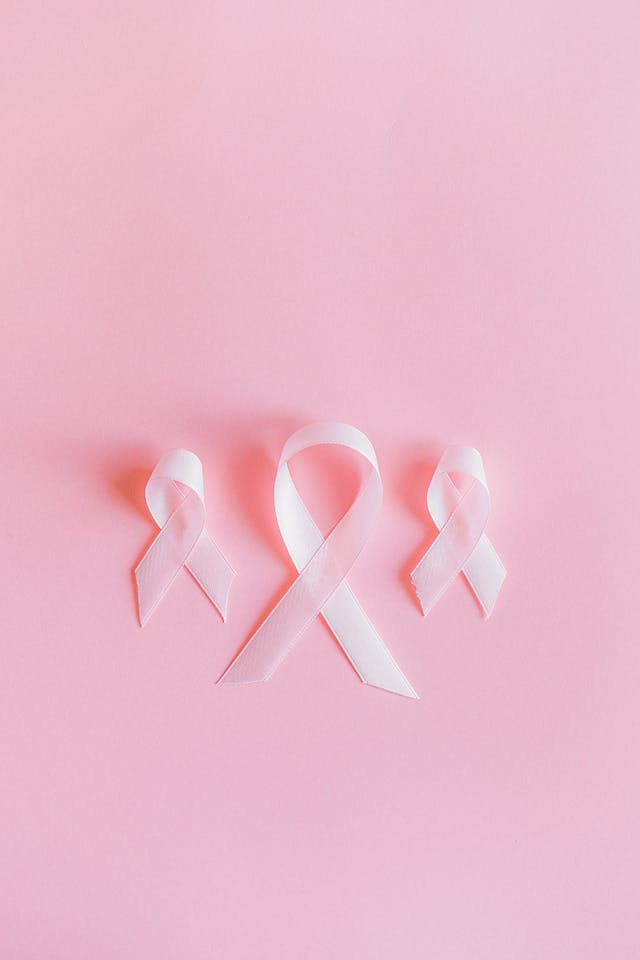The ovaries are small organs present on either side of the uterus, and the eggs are produced inside the ovaries.
Ovarian cancer is the most common cause of cancer death from gynaecological tumours.
Ovarian cancer can occur in different parts of the ovary.
Malignant ovarian lesions include primary lesions arising from normal structures within the ovary, and secondary lesions from cancers arising elsewhere in the body.
About half of all cases occurred in women over 63 years old.

Treatment of ovarian cancer
There are some factors that help in choosing the ovarian cancer treatment options, these factors include :
The specific type of ovarian cancer.
Stage of diagnosis.
Whether being pre- or postmenopausal.
Whether planning to have children or not.
The first ovarian cancer treatment option
Surgery
Surgery should be done to confirm the diagnosis, determine the stage of the cancer, and potentially remove the cancer.
During surgery, the surgeon should try to remove all tissue that contains cancer.
He should also take a biopsy to see if the cancer has spread or not.
The extent of the surgery may depend on whether the woman wants to be pregnant in the future or not.
If the woman wants to become pregnant in the future and she has stage 1 cancer, surgery can include:
Removal of the ovary which has cancer, and a biopsy of the other ovary.
Removal of the fatty tissue or omentum connected to some of the abdominal organs.
Removal of abdominal and pelvic lymph nodes
Taking biopsies of other tissues and collecting the fluid located inside the abdomen.
Advanced ovarian cancer surgery
Advanced surgery is a more common ovarian cancer treatment option.
It's more extensive if the woman doesn’t want to have children.
The woman also may need more surgery if she has stage 2, 3, or 4 cancer.
Complete removal of all areas involved with cancer may prevent her from becoming pregnant in the future.
This includes:
Removal of the uterus, both ovaries and fallopian tubes.
Removal of the omentum and the tissue that has cancer cells as possible.
Biopsies of any suspected tissue that might be cancerous.
For more advanced ovarian cancer options, open abdominal surgery is very necessary.
A medical procedure called debulking cytoreductive surgery is usually used to treat stage 4 ovarian cancer.
It involves the removal of your ovaries and fallopian tubes, along with any other affected organs.
This can include: uterus and cervix, pelvic lymph nodes, tissue that coats the intestines and lower abdominal organs, part of the diaphragm, bowel, spleen, and liver.
If the woman has fluid in her abdominal area or pelvis, it may be removed and examined for cancer cells as well.
In early-stage ovarian cancer, less-invasive laparoscopic surgery may be a useful choice.
This is done by a video camera and long, thin instruments inserted through tiny incisions.
The second ovarian cancer treatment option
Chemotherapy
Chemotherap is a type of systemic treatment, these powerful medications travel throughout your body to find and destroy cancer cells.
It’s used before surgery to shrink tumours or after surgery to kill any remaining cancer cells.
These drugs can be taken intravenously (IV) or orally.
They also can be injected directly into your abdomen.
Medications that are given intravenously or through the abdomen, and this is called intraperitoneal treatment.
Side effects of chemotherapy can include: nausea, vomiting, hair loss, fatigue, and sleeping problems.
Many of these side effects are temporary, and the doctor can help minimise them.
Other serious side effects, such as kidney damage, can occur and it has a long-lasting effect as well.
Even if the woman still has one of her ovaries, chemotherapy can lead to early menopause symptoms.

The third ovarian cancer treatment option
Radiation for ovarian cancer
Radiation is a targeted treatment technology of ovarian cancer treatment options that uses high levels of energy rays to destroy tumour tissues.
It can be given externally or internally, and isn’t a primary treatment for ovarian cancer.
But it can sometimes be used to help treat a small,and localised recurrence.
To ease pain from large tumours that are resistant to chemotherapy.
As another therapy if you can’t tolerate chemotherapy.
Before the woman begins the treatment, she’ll need a planning session to determine her exact positioning.
The goal is to hit the tumour while causing very limited damage to healthy tissue.
Pinpoint tattoos may be used to permanently mark your skin.
Careful attention is paid to positioning each time.
Although that can take a while, the actual treatment only lasts a few minutes.
Radiation isn’t painful therapy, but it requires the woman to remain perfectly still.
Treatments are given five days a week for three to five weeks.
Side effects usually resolve when treatment ends but can include: ired, irritated skin, fatigue, diarrhoea, and frequent urination.
The fourth ovarian cancer treatment option
Hormone therapy for ovarian cancer
Epithelial ovarian cancer is rarely a trusted source treated with hormone therapy.
Hormonal therapy is usually used for stromal cancer.
Luteinizing hormone-releasing hormone agonists are used to decrease estrogen production in premenopausal women.
They’re given by injection every one to three months.
These drugs can cause symptoms of menopause.
If taken for a long time, they can weaken your bones and cause osteoporosis.
Estrogen can promote tumour growth, so a drug called tamoxifen is used to keep estrogen from its stimulating growth effect.
This drug can also cause menopause symptoms.
Postmenopausal females can take aromatase inhibitors, such as anastrozole (Arimidex), exemestane (Aromasin), and letrozole (Femara).
These medications have the ability to block an enzyme that turns other hormones into estrogen.
These oral medications are taken once daily, side effects include: hot flasges, joint and muscle pain, and thinning of your bones
Complementary therapies for ovarian cancer:
The woman might find it helpful to provide her cancer care with complementary therapies.
So the medical team can select the best choice for ovarian cancer treatment options.
Some people find that these complementary therapies enhance the quality of life, some might be considered are:
Aromatherapy
Essential oils may improve the mood and reduce stress.
Meditation
It's a relaxation therapy that can help to reduce pain and improve sleep.
Massage therapy
This therapeutic treatment for your body might help reduce stress and enhance anxiety and pain.
Tai chi and yoga
Nonaerobic mind-body practices that use movement, meditation, and breathing which can improve the overall sense of well-being.
Art therapy and music therapy
Creative outlets may help the patient to deal with the emotional issues of cancer and treatment.
Acupuncture
This type of Chinese medication in which needles are strategically placed can relieve pain and other symptoms.
Check with the patient's doctor before trying new therapies, especially dietary or herbal supplements.
Because they can interact or interfere with your medications or cause other problems.
Treatment of symptoms
While the doctor gets ready to treat or remove the cancer, the patient may need additional treatment for the symptoms that the cancer is causing.
Pain is very common with ovarian cancer, the tumour can put pressure on nearby organs, muscles, nerves, and bones.
The larger the cancer mass the greater the pain feeling.
Pain may also be a result of treatment by chemotherapy, radiation, and surgery.
All can leave the woman in pain and discomfort.
Talk with the doctor about ways that can manage ovarian cancer pain.
Conclusion
There are many ways to treat ovarian cancer.
For most cases, surgery is necessary and it is usually combined with chemotherapy, hormone therapy, or targeted treatments.


You must be logged in to post a comment.